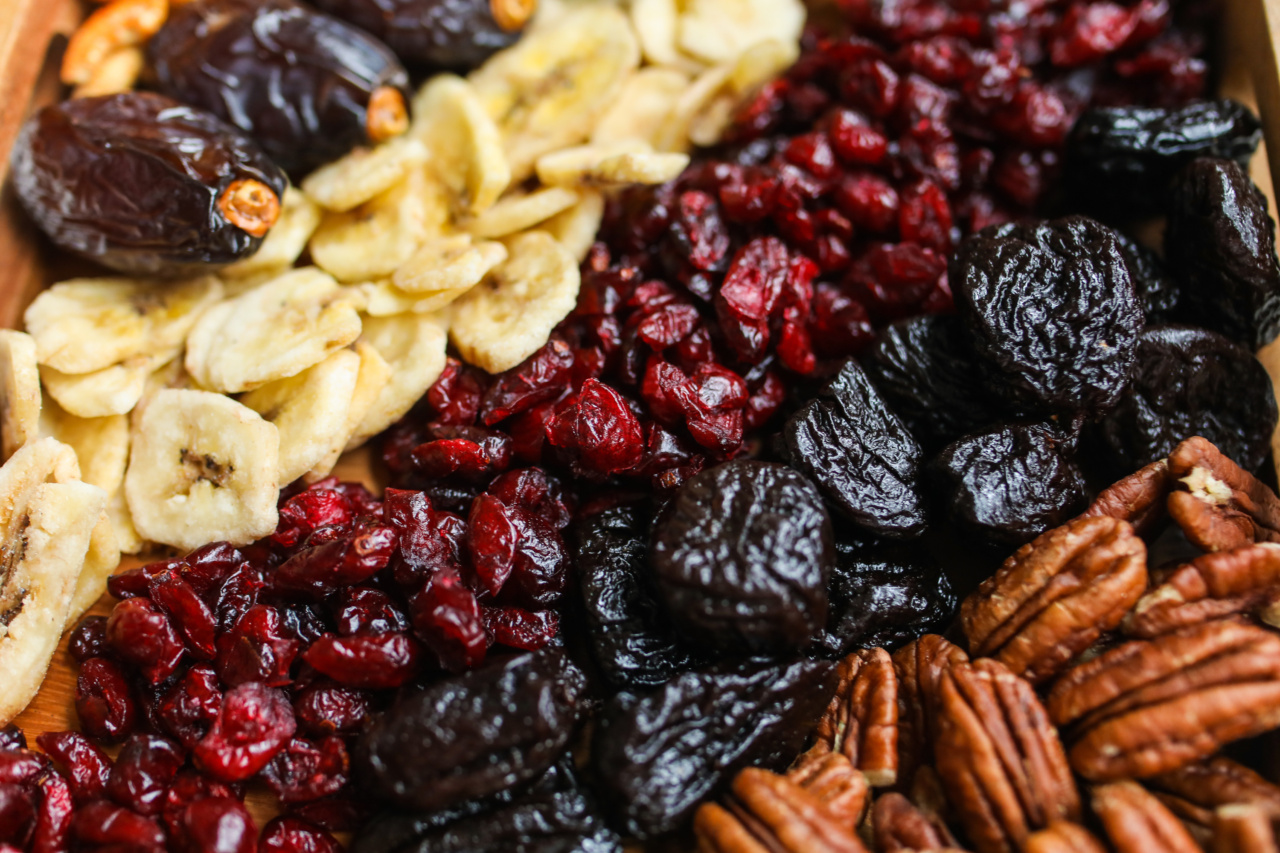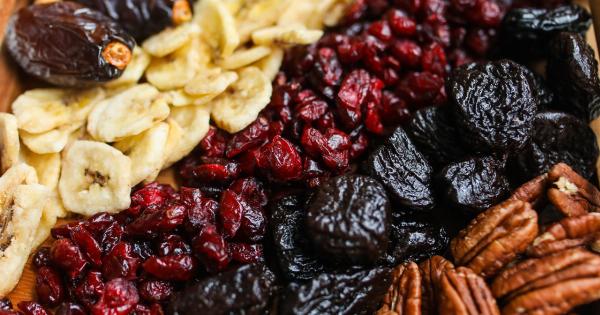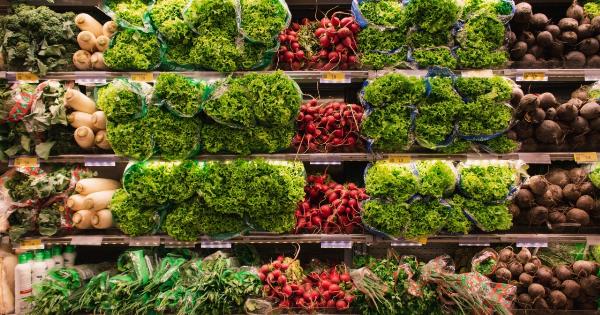Hunger is a persistent global issue that affects millions of people around the world. According to the United Nations, more than 820 million people suffer from hunger on a daily basis.
This alarming statistic highlights the urgent need for innovative solutions to combat hunger and ensure food security for all. One such solution involves the use of dried fruits and a simple tool: a suitcase. In this article, we will explore how dried fruits and a suitcase can contribute to fighting hunger and improving nutrition in vulnerable communities.
The Importance of Proper Nutrition
Nutrition plays a crucial role in the overall well-being and development of individuals, particularly children. A lack of proper nutrition can lead to stunted growth, weakened immune systems, and cognitive impairments.
It is especially crucial for children in their early years, as malnutrition during this period can have lifelong consequences. Access to a balanced and nutritious diet is essential for a healthy and productive life.
The Challenge of Food Insecurity
Food insecurity refers to the lack of consistent access to nutritious food due to various factors such as poverty, natural disasters, and conflicts.
It affects both developing and developed nations, with vulnerable populations being particularly at risk. Food insecurity often results in malnutrition and hunger, which further exacerbates social and economic inequalities.
Dried Fruits as a Sustainable Solution
Dried fruits are a nutrient-dense food source that can provide essential vitamins, minerals, and fiber.
They are rich in antioxidants and have a long shelf life, making them an ideal solution for combating hunger in areas with limited access to fresh produce. Dried fruits can be easily transported and stored, requiring minimal processing and refrigeration.
When compared to fresh fruits, dried fruits have a much longer shelf life and are less prone to spoilage. This quality is particularly valuable in regions with limited access to refrigeration or areas affected by natural disasters.
Dried fruits can be consumed as snacks or incorporated into meals, providing a sustainable source of nutrition for individuals and families.
The Suitcase Solution
While dried fruits alone can make a significant impact on combating hunger, the suitcase solution takes it a step further. The suitcase is not just any ordinary suitcase but a specially designed one that acts as a mini food pantry.
It is equipped with compartments and dividers to store and organize different types of dried fruits.
This portable and lightweight suitcase can be easily transported to communities in need, providing them with a convenient and accessible source of nutrition.
The compartments can be filled with a variety of dried fruits, ensuring a diverse and balanced diet for those receiving the aid. The recipients can access the dried fruits whenever they need, ensuring that their nutritional needs are met.
Empowering Local Communities
The use of dried fruits and the suitcase solution also empowers local communities by providing them with a sustainable source of income.
Instead of relying solely on external aid, communities can take part in the production and packaging of dried fruits. This not only generates employment opportunities but also encourages self-sufficiency and pride within the community.
Furthermore, local farmers and growers can benefit from this approach by utilizing surplus produce. In many instances, farmers have to discard or sell their excess harvest at very low prices.
Drying the fruits allows them to extend the shelf life and preserve the nutritional benefits of their produce. By engaging in the dried fruit production process, farmers can increase their income and minimize food wastage.
Collaboration and Outreach
To effectively combat hunger, collaboration and outreach initiatives are vital. Governments, non-profit organizations, and individuals can come together to raise awareness about the benefits of dried fruits and the suitcase solution.
This can be done through educational campaigns, community workshops, and partnerships with local businesses and schools.
Additionally, collaboration with international organizations can help scale up efforts and reach communities in remote or hard-to-reach areas. By pooling resources and expertise, a greater number of individuals can benefit from this innovative solution.
The sharing of best practices and lessons learned is key to continuously refining and improving the implementation of this approach.
Monitoring and Evaluation
Regular monitoring and evaluation of the impact of dried fruits and the suitcase solution are essential. This can be done through data collection, surveys, and feedback from the communities receiving the aid.
Monitoring helps identify any challenges or bottlenecks in the distribution process and allows for adjustments to be made accordingly.
Evaluation of the program’s impact on nutrition and overall well-being can provide valuable insights for future initiatives. It can also help measure the effectiveness of the collaboration and outreach efforts.
By continuously monitoring and evaluating the program, it can be refined and adapted to better meet the needs of the communities it serves.
Conclusion
Fighting hunger is an ongoing challenge that requires innovative and sustainable solutions. Dried fruits, with their long shelf life and nutritional benefits, offer a viable approach to combatting malnutrition and food insecurity.
When combined with the portable and organized nature of a specially designed suitcase, this solution becomes even more effective. By empowering local communities and fostering collaboration, we can strive towards a world where no one goes to bed hungry.





























